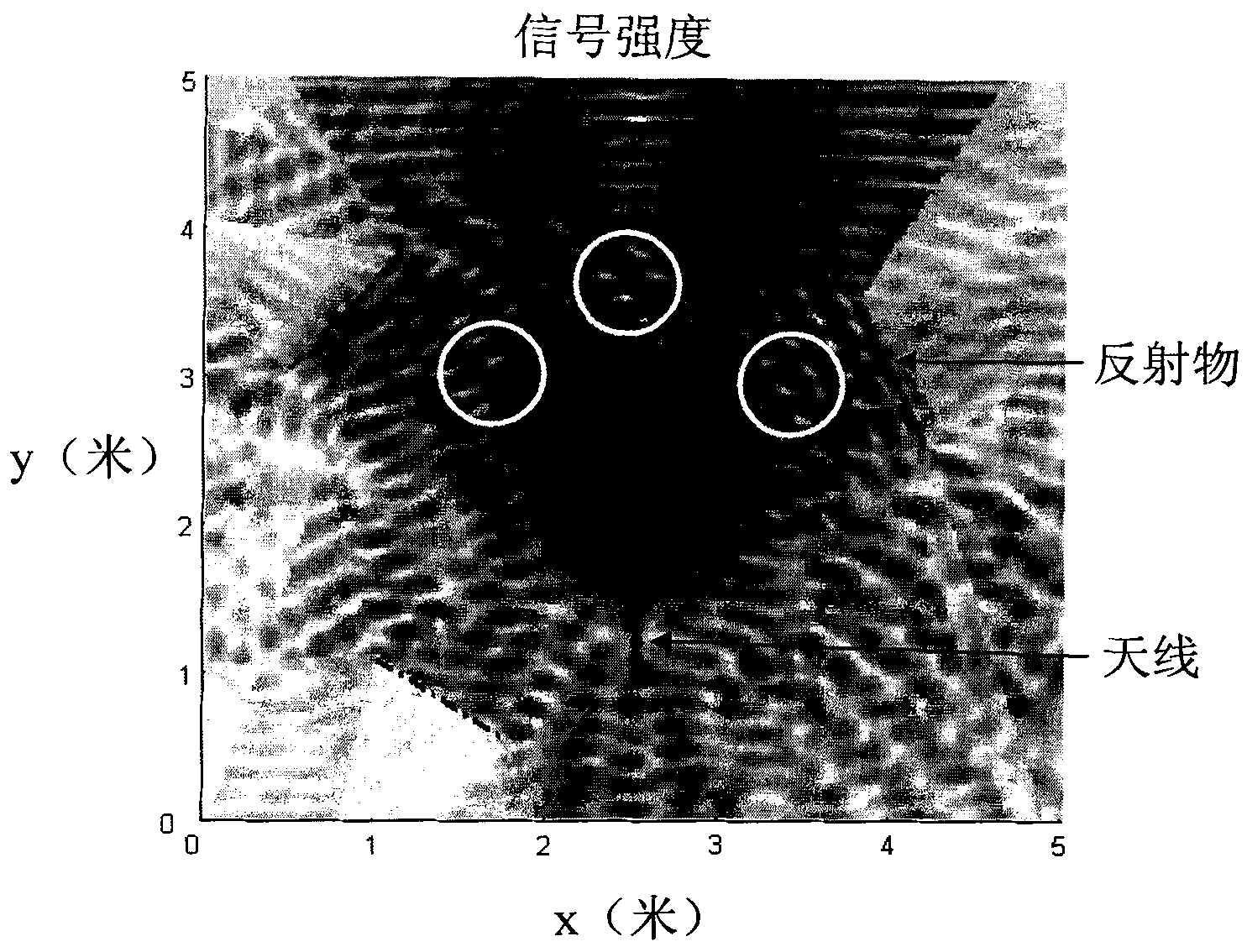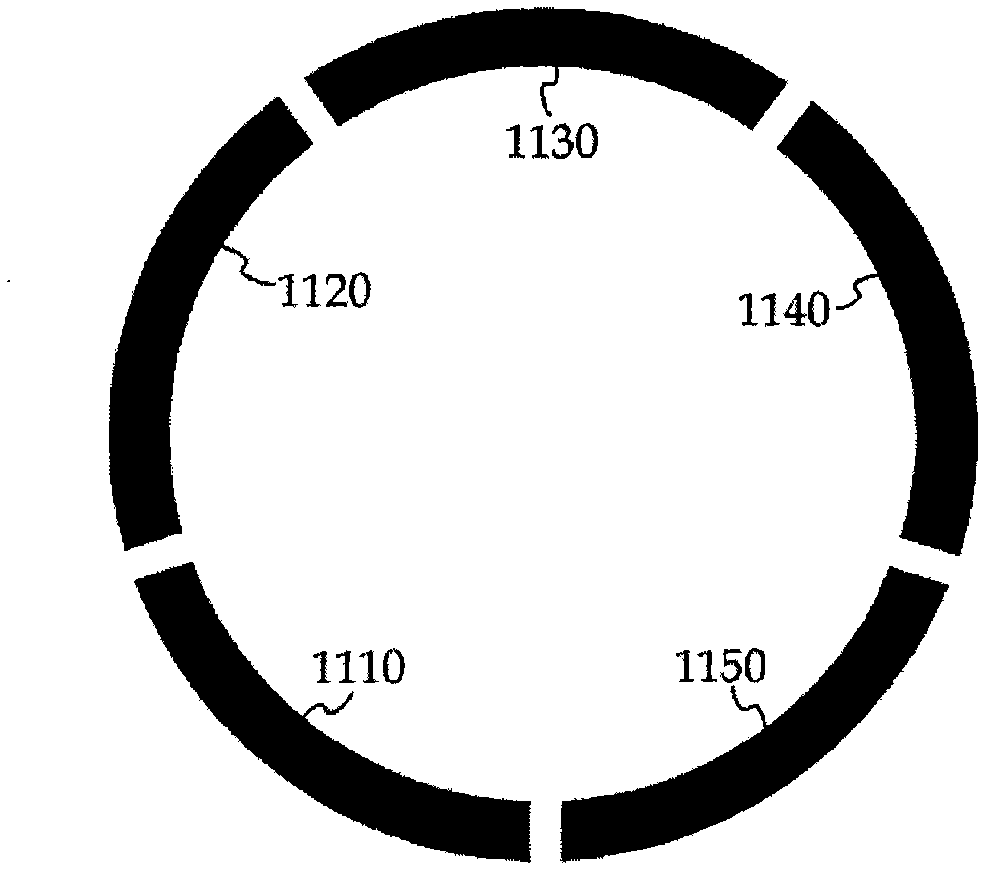Antenna used for radio frequency identification device system and configuration method thereof, and radio frequency identification reader-writer
A wireless radio frequency and identification system technology, applied in the field of RFID readers, can solve problems such as disasters, difficulty in ensuring phase offset, and difficulty in mass production of antennas
- Summary
- Abstract
- Description
- Claims
- Application Information
AI Technical Summary
Problems solved by technology
Method used
Image
Examples
Embodiment Construction
[0042] The design principle of the antenna according to the invention is derived from the standing wave theory.
[0043] According to the standing wave theory, if the end of the conductor line is open circuit, short circuit or connected to a pure reactive load, the incident electric wave will be completely reflected, and the reflected wave will be superimposed with the incident wave, thus forming a standing wave on the conductor line. When the end of the conductor line is open, the incident wave current and the reflected wave current have the same amplitude and opposite phase at the end of the conductor line. The end of the conductor line is a current wave node. From this node, every half wavelength along the conductor line A current wave node is located at the length of , and from each current wave node, a current antinode is located along the length of a quarter wavelength along the conductor line. The current phase between every two current wave nodes is always the same, th...
PUM
 Login to View More
Login to View More Abstract
Description
Claims
Application Information
 Login to View More
Login to View More - R&D
- Intellectual Property
- Life Sciences
- Materials
- Tech Scout
- Unparalleled Data Quality
- Higher Quality Content
- 60% Fewer Hallucinations
Browse by: Latest US Patents, China's latest patents, Technical Efficacy Thesaurus, Application Domain, Technology Topic, Popular Technical Reports.
© 2025 PatSnap. All rights reserved.Legal|Privacy policy|Modern Slavery Act Transparency Statement|Sitemap|About US| Contact US: help@patsnap.com



